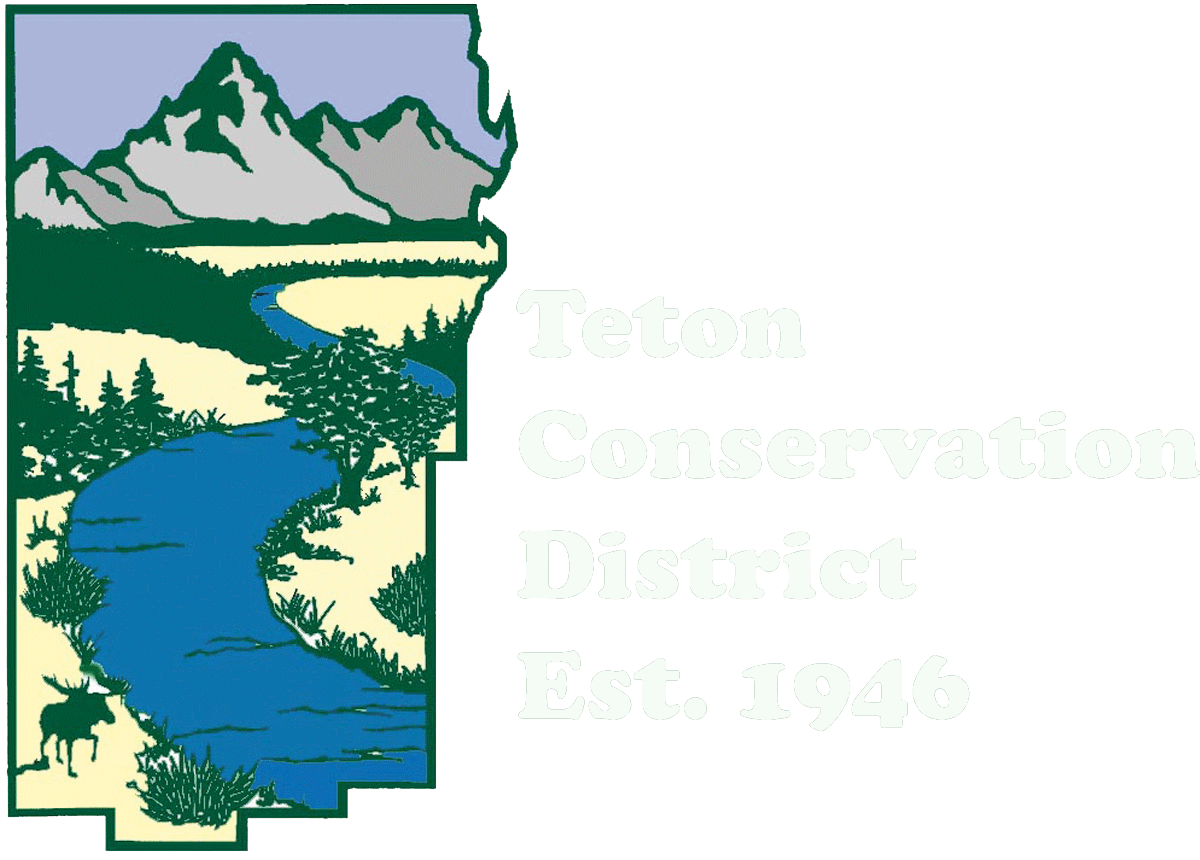Globally, more than 40 percent of bee species are vulnerable to extinction. There are 700-800 bee species in Wyoming, most of which are solitary, and overwinter in ground cavities, hollow stems, or leaf litter.
What you do in your backyard matters! As you’re putting your garden to bed this fall, you can create micro-habitat in your backyard for bees, butterflies, moths, and other pollinators:
Don’t cut back tall stems! Standing stems shelter cocoons and chrysalises and hollow stems are home for small bees and bugs.
#leavetheleaves Piles of leaves create shelter and food for birds and bugs. If you have to rake your yard, consider leaving some small piles of leaves overwinter in out-of-the-way parts of your yard.
Use lighter compost. Heavy mulch can make it difficult (or impossible) for ground nesting bees and other insects to emerge in spring. Light mulch or screened leaves can do wonders for your beneficial pollinator community.

